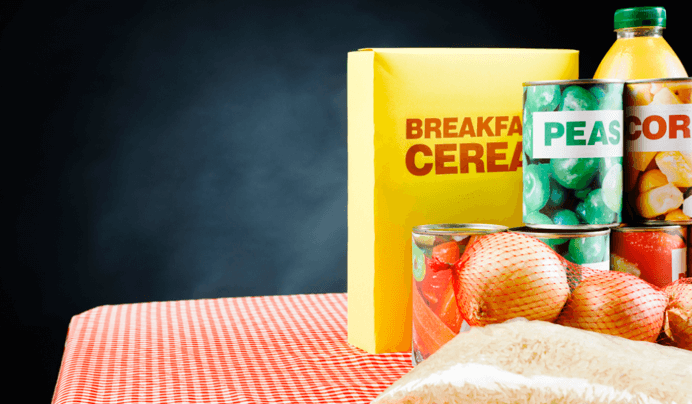Private-label goods, sometimes known as “store brands,” are taking the retail marketplace by storm. Once considered the low-price, inferior alternative to name brands, private labels have become a mainstay for grocers in every channel, and consumers are hungry for more. This shift has major implications for Consumer Packaged Goods (CPG) brands, and how manufacturers respond could make all the difference.
Not Your Grandmother’s Generic
Gone are the days when a limited selection of plain-labeled, non-marketed products hid in a lone aisle of the supermarket. Today’s private-label products are numerous and often occupy shelves at eye-level beside name-brands to highlight similarities and compete head on. In fact, many top name brands manufacture private-label brands in their facilities, and consumers know it. That may be one reason 81 percent of shoppers recently surveyed said they buy private-label goods regularly. In fact, according to a comprehensive report from CB Insights, private-label brands are growing at triple the pace of traditional brands. And by 2027, private-label brands will make up 25 percent of all CPG sales (CB Insights).
The change is due to many factors, including:
- Power Shifts. Manufacturers used to hold all the power, but retailers have claimed some. Integrating forward and backward into production facilities, warehouses, distribution centers and more has enhanced their private-label product development and logistics expertise. They also have access to far better consumer data through analytics, which makes it easier to understand what their customers want and to experiment with new products.
- Margin Motivation. CPG retailers operate with average gross margins of 1.3% with traditional brands, which used to make it a hand-to-mouth business. However, margins jump by 25 to 30 percent on private-label products. Kroger’s store brands sold more than $20 billion in 2017. That could translate to $500 million or more to offset overhead and other costs.
- Quality Improvements. Consumers today are more price sensitive than prior generations, yet they also trust retailer brands more. This comes largely due to improvements in product quality and the consumer’s desire for value beyond price. For example, demand for Kroger’s Simple Truth natural and organics private-label products increased 17% at the end of 2017, representing $2 billion of the grocer’s sales that year. Aldi, the German discount grocer, stocks 90 percent of its shelves with private-labels, emphasizing gluten-free and healthy products. And Costco sells premium wines under the Kirkland label, some of which have received high marks from wine connoisseurs (CB Insights).
Competing with Private Labels
CPG manufacturers are responding to the private-label trend with a variety of approaches.
Nestle, which sells bottled water, is increasing margins by moving bottling facilities to economically depressed regions where tax incentives reduce operating costs.
Procter & Gamble has begun to innovate with existing products, such as making packaging changes and creating a plant-based version of its Tide brand detergent.
By acquiring the #2 competitor, Dollar Shave Club, Unilever gained a competitive edge in the disposable razor market where its Gillette brand is #1.
Mondelez, owner of Oreo cookies, is harnessing the power of other well-known brands. Licensing agreements with Peeps, Dunkin Donuts, and Good Humor enable Mondelez to make specialty Oreos in new, yet easily-recognized flavors (Forbes).
Key Moves for CPG Manufacturers
While there are many creative approaches, not just any strategy will do. According to experts from CB Insights, manufacturers of traditional brands will see greater success when they focus on key areas:
- Invest in a customer-centric digital platforms that offer robust consumer data and insights
- Understand changes in consumer tastes and preferences, and accommodate them, even when it conflicts with your company’s longstanding ways
- Streamline and consolidate manufacturing and distribution processes to achieve better product quality, leaner processes, and greater price control.

